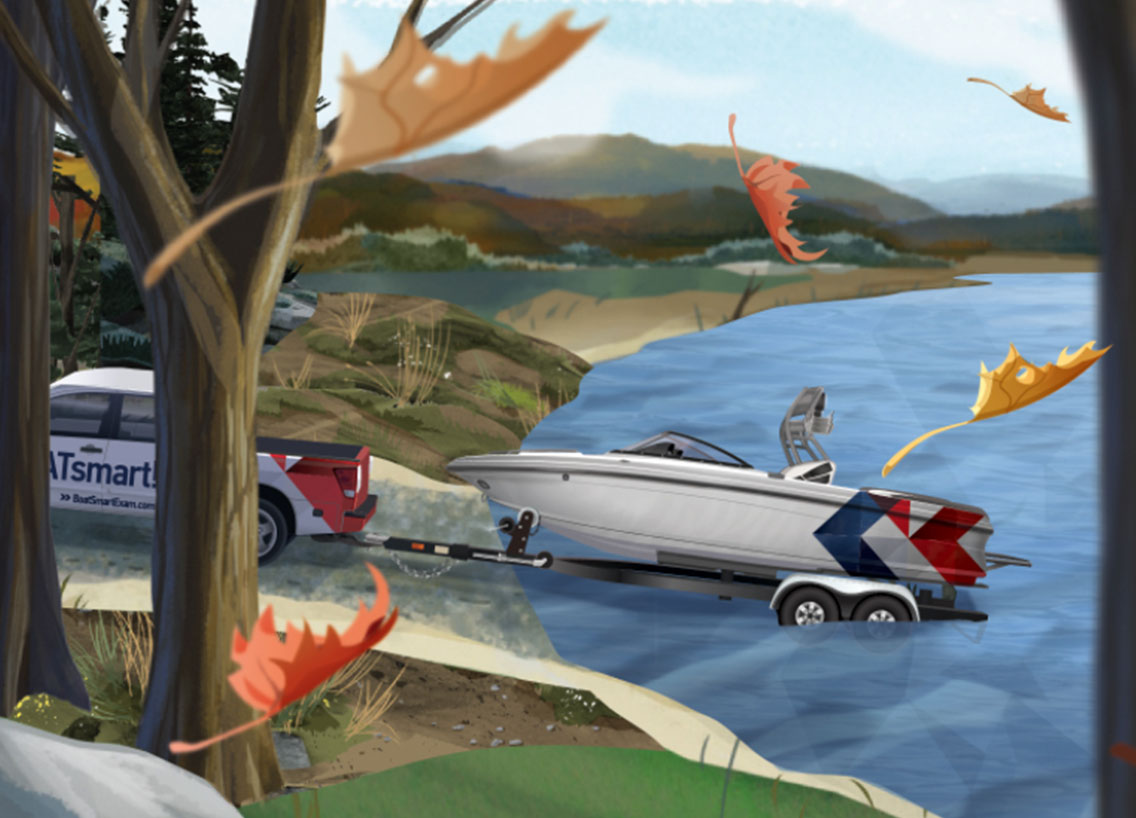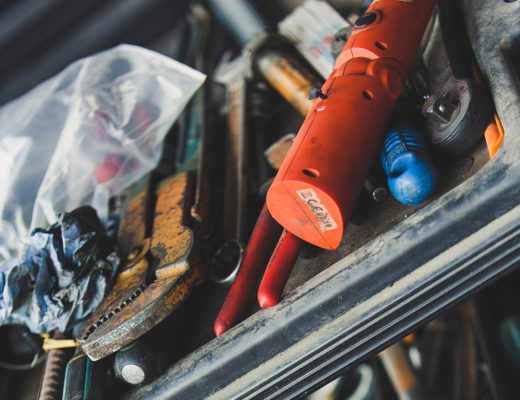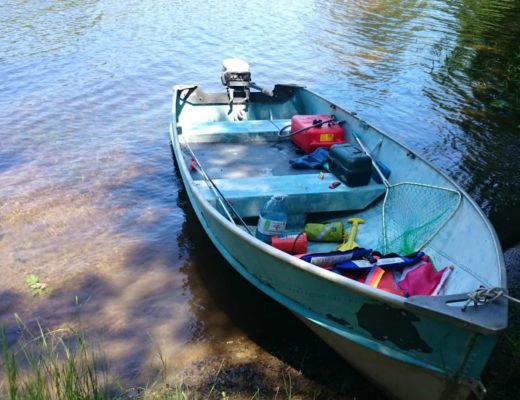If you live in a colder climate (like Canada) or where the weather prevents you from boating year-round, you’ll likely need to winterize your boat and store it for the off-season.
Winterizing your boat is key to maximizing the boat days you have each season. It’s essential for taking care of your boat, and it’s one of the only ways you can keep your boat safe in the winter.
So, are you wondering how to winterize your boat or if you can do it yourself? We’re here to help with our basic checklist for boat winterization to help you get started!
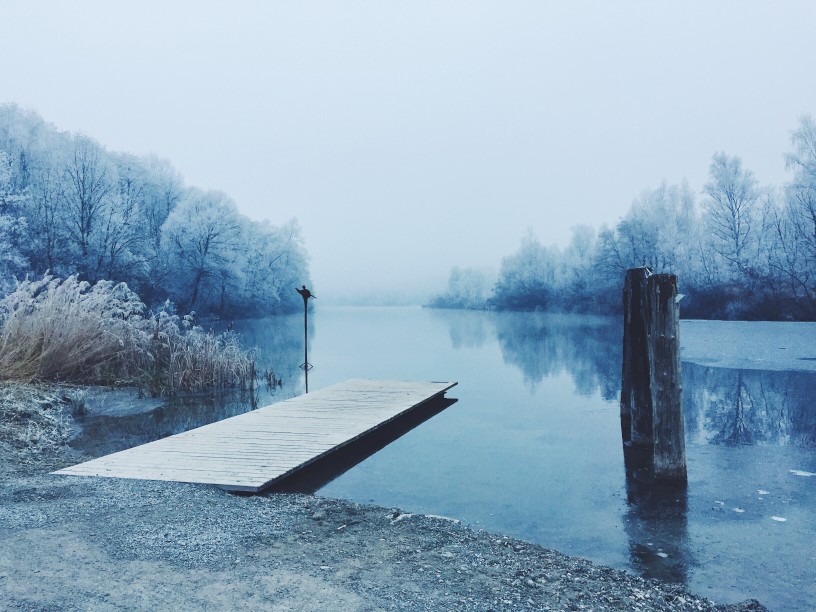
The Importance of Winterizing Your Boat
To put it simply, boats are expensive — and fixing parts that have failed because of frozen water can get really expensive. Winterizing your boat properly offers you an opportunity to avoid costly repair bills.
However, cracking and bursting aren’t the only issues posed by ice. Degradation of your boat is, too.
What’s the easiest solution? Avoiding the need for repairs by winterizing your boat in the first place. This helps you get back on the water faster next season when the frozen waterways begin to thaw.
Do I Need to Winterize My Boat?
If you’re reading this article, the answer is probably “yes.”
But, to detail it down, you seriously need to consider winterizing your boat if you live in an area where cold weather will keep you from boating for any length of time — especially for over a month.
Additionally, we’d still recommend winterizing your boat if a hard freeze occurs in your area, so keep an eye on the weather forecast!
Should You DIY or Hire a Professional?
Wondering whether you should winterize your boat yourself or hire a professional? Truly, it’s up to you — because you can DIY your winterization.
However, properly winterizing a boat requires many steps, and using a professional ensures that none are missed. Check with your local marina for a boat winterization expert in your area for pricing, then decide if you’d rather go through the following steps on your own or leave it to a pro.
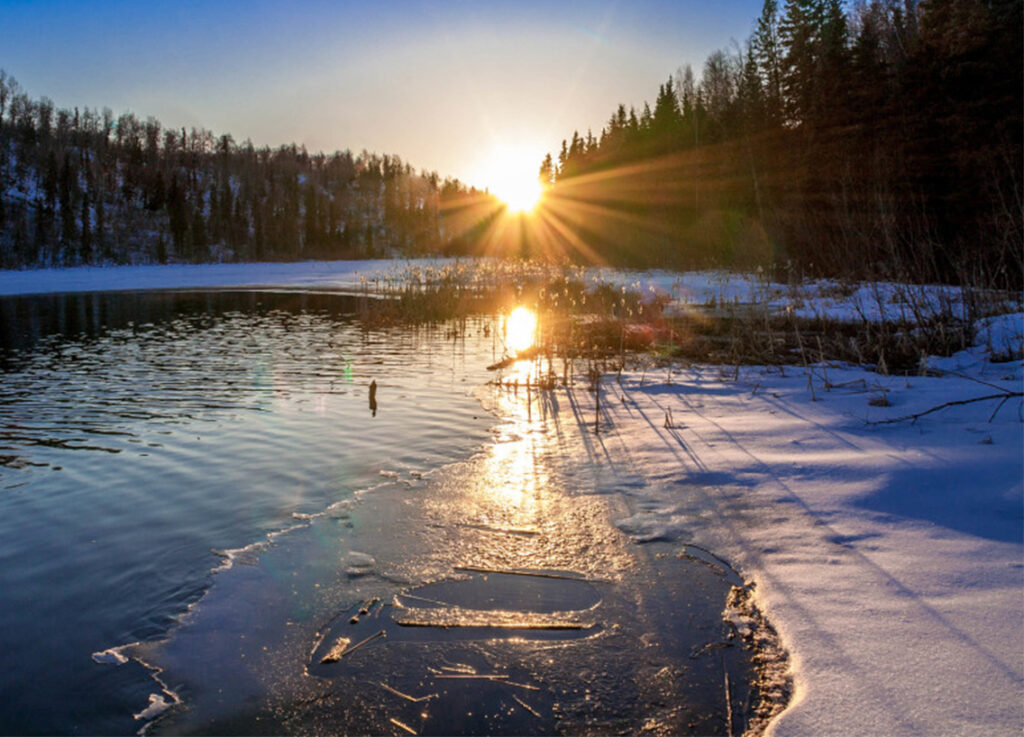
How to Winterize Your Boat
If you’re preparing to winterize your boat yourself, proceed with caution. You can do it, but it is a complicated process.
As we mentioned, if you lack the expertise, you may want to phone a friend or leave it to the professionals.
But, if you’re up for the challenge, your first step is to dig into your owner’s manual and use those instructions as a baseline for everything else. Different boats have different winterizing recommendations, and you’ll want to make sure that you’re following the right ones for your boat. Discover Boating offers an extensive list of boat brands and manufacturers for quick and easy access.
Whatever the make and model of your boat, your next step in winterizing should be to create a checklist of all tasks that need to be accomplished. Here’s a list to get you started!
A Checklist for Winterizing Your Boat
Follow these nine steps to get your boat ready for winter.
1. Check the Inboard Engine
If your boat has an inboard engine, you should change the oil and oil filters and flush the engine(s) with fresh water. You should also circulate antifreeze through the manifold, following the directions in your owner’s manual.
While working with the engine, you can also spray each cylinder with “fogging oil” to help protect against corrosion and wipe down the engine with a rag sprayed with WD-40 to clean and protect it by displacing moisture.
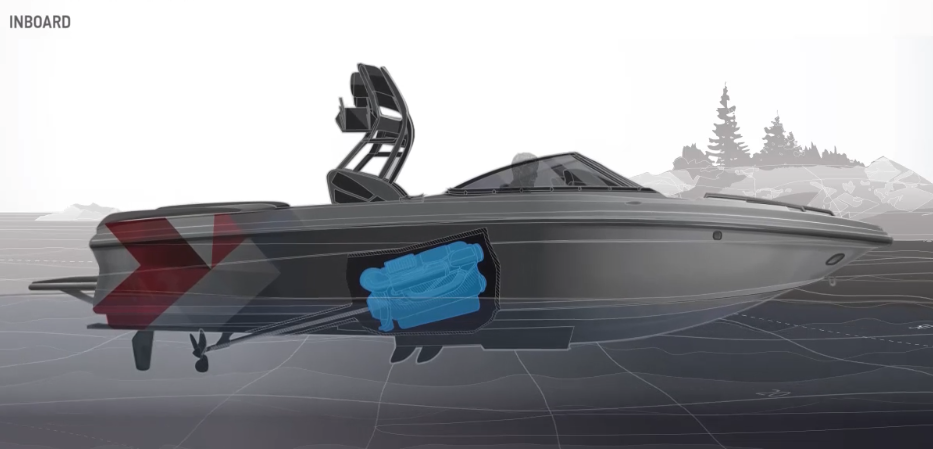
2. Check an Outboard Engine
If you’re cruising with an outboard engine, your first step is to flush the engine with fresh water, allowing all the water to drain. Give the exterior a good wash with soap and water, ensuring it is rinsed thoroughly.
Follow the step-by-step process in your owner’s manual for draining the fuel from the carburetor, as deposits from evaporated fuel can cause build-up. Make sure all parts are well lubricated and protected by using fogging oil on the cylinders and pistons, applying water-resistant grease to the threads and propeller shaft, and lightly waxing the engine’s exterior.
You should also change the gear oil in the lower unit.
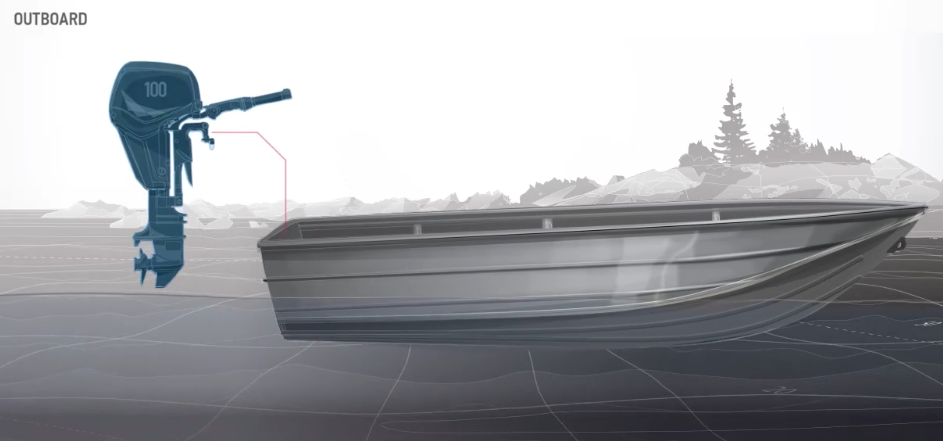
3. Inspect the Stern Drive (Inboard/Outboard)
Your first step in preparing your stern drive will be thoroughly inspecting the lower unit and removing any plant life or barnacles. If your stern drive is equipped with a rudder boot, check for any cracks or pinholes.
Drain the oil in the gear case and inspect for any excessive moisture. The presence of excessive moisture in your oil could be an indication of leaking seals, which will need to be repaired. Wash the unit’s exterior with soap and water and grease all fittings.
Finally, check the fluid levels in the hydraulic steering or lift pumps. It is essential to reference your owner’s manual for additional recommendations from the manufacturer.
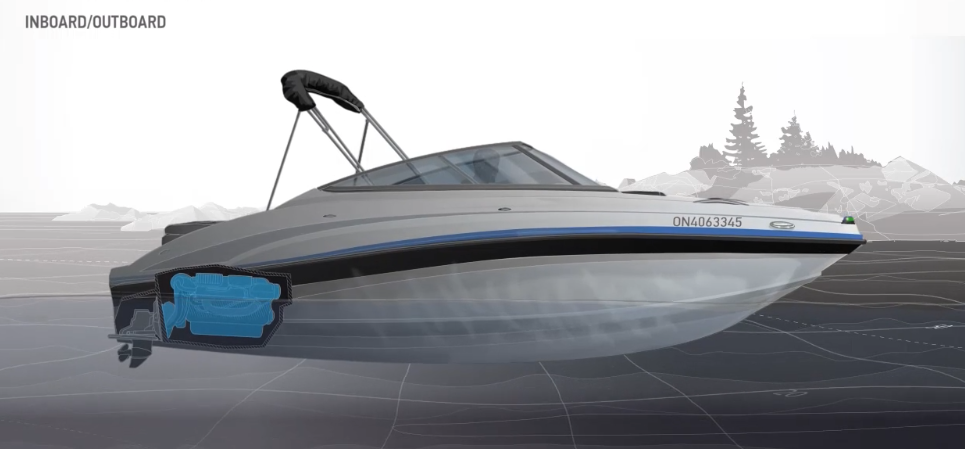
4. Check the Fuel Tank
You will want to ensure your fuel tanks are full to avoid condensation build-up and add a fuel stabilizer. The fuel filter(s) and water separator(s) must also be changed.
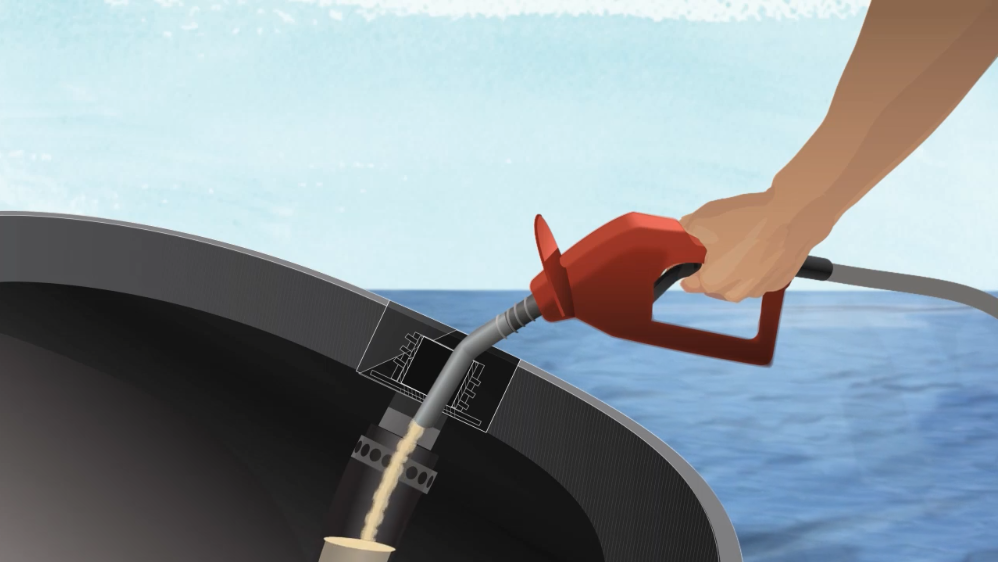
5. Empty the Bilges
Empty the bilge of any water and clean it with soap and water. Dry it thoroughly and spray with a lubricant to displace moisture.
Add a small amount of antifreeze to prevent any water from freezing.
6. Check the Fresh Water System
If your boat is equipped with fresh water tanks or hot water heaters, you will want to drain them completely. Pump non-toxic antifreeze through the system, turn on all faucets and showers, and allow them to run until you see the antifreeze running out.
You should also put non-toxic antifreeze in your water heater.
7. Empty the Head
“Head” to an approved waste facility to pump out your holding tank.
During this process, add fresh water to the bowl and flush a few times to help clean out the system. Consult your owner’s manual for approved cleaning products to ensure you do not damage it.
Add a manufacturer-approved antifreeze to the hoses, holding tank, y-valve, and macerator.
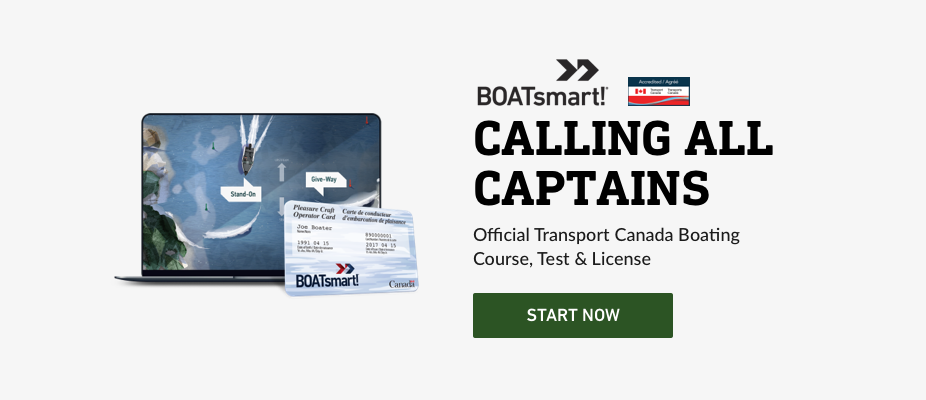
8. Process the Interior
Now that you have all the equipment properly cleaned and protected, you can turn your attention to the interior of your boat.
Gather all electronics, lines, PFDs/lifejackets, fire extinguishers, flares, etc. The off-season is a great time to clean and inspect these items and ensure they work correctly (and replace them if they’re not).
Clean all drawers and lockers thoroughly, as well as your fridge and freezer, if applicable. Turn all pillows and cushions on their side where possible to allow the air to circulate.
To avoid moisture and mildew, install a dehumidifier or use an odor and moisture-absorbing product.
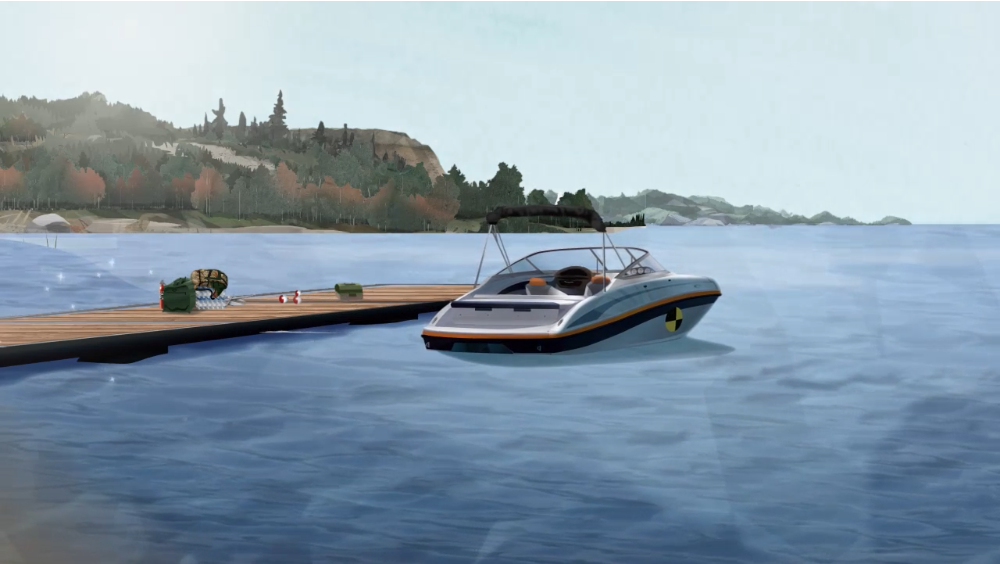
9. Cover Your Boat
When it comes to covering your boat during the winterization process, you have a few options, from tarps to shrink wrap.
While tarps are typically the most popular option, shrink wrapping — if your budget allows — is a great way to ensure your boat’s protection from the outside. Shrink wrap’s ability to perfectly fit an object allows for a really personalized level of protection.
Out of Water Storage Considerations
- Pressure wash the hull and clean off the props and shafts
- Clean all thru-hulls and strainers
- Open all seacocks to allow all water to drain
- Remove batteries
In Water Storage Considerations
- Close all seacocks
- Ensure battery is fully charged
- Check bilge pumps to ensure they are fully operational
- Check float switches are working and free of obstruction
- Ensure you or the marina staff check on your boat periodically
Lastly, if the water you dock in is prone to freezing, make sure you have a bubbling system or de-icing device around your boat to avoid ice damage
Learn More About Caring for Your Boat with BOATsmart!
Understanding when and how to winterize your boat is an essential piece of boat ownership. It’s also a topic we touch on in our BOATsmart! boater safety course.
Whether you’re looking to be a better boat owner or to boat more safely, we have you covered with insights from our online courses. So, if you boat in Canada, take one of our Canada courses. If you boat in the United States, choose the course for your state.
Winter or the off-season is the best time to take your course and get your license!
Originally published in September 2021. Content most recently reviewed and updated August 16, 2024.
